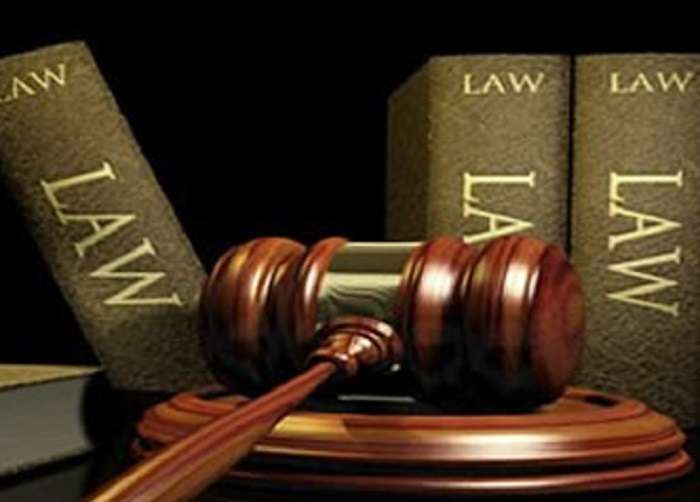The recent Supreme Court ruling on the injunction against the removal process of Ghana’s Chief Justice has ignited another round of legal and political debate.
With a narrow 3:2 verdict, the Court dismissed the request to halt the process— a move that Deputy Attorney General Dr. Justice Srem-Sai claimed vindicates the Office of the Attorney General’s position that the legal challenge lacked constitutional merit.
“I think the decisions of the court today really confirm what we have been saying all this while, that there is no legitimate legal constitutional basis for all these processes that the former Attorney General, Godfred Dame, has filed on behalf of Hon. Vincent Ekow Assuafuah.”
Dr. Justice Srem-Sai
The Deputy Attorney General also highlighted what he viewed as a clear case of procedural abuse.
According to him, the petitioners initially filed two injunctions but hastily withdrew one when questioned, leaving the other to proceed—an approach he considered an improper use of the judicial process. “To keep filing processes with the hope that one of them will stand is really not a good practice for a lawyer to do, but that is what happened.”
Meanwhile, the central issue of whether the Chief Justice had been denied a fair hearing also came under examination.
Accordingly, Dr. Srem-Sai maintained that allegations of procedural injustice lacked merit, arguing that the Chief Justice had been granted a hearing and that the law does not prescribe a specific stage at which such a hearing must occur.
Nonetheless, he admitted that a clearer understanding would only emerge once the full rationale behind the justices’ divided ruling was released, which could shed light on the grounds for the dissenting opinions.

However, Dr. Srem-Sai was skeptical about the core legal arguments presented by the petitioners, expressing doubt about their validity.
“To pile up a series of newspaper publications claiming that because newspapers have published that the president is attacking the judiciary, that is enough for the president to stop the process, is not valid.”
Dr. Justice Srem-Sai
He emphasized that public commentary, no matter how critical, does not equate to a legal infringement. “I don’t think that a publication is a legal right or determines a legal right for anyone.”
Chief Justice Removal Process Continues
Furthermore, Dr. Justice Srem-Sai emphasized that the Supreme Court’s ruling paves the way for the continuation of the petition process against the Chief Justice, with the committee expected to proceed with its inquiry.

However, he warned against drawing early conclusions, clarifying that the establishment of a prima facie case does not automatically result in the removal of the Chief Justice or any individual named in any petition of this kind.
“I think the underlying understanding, which I consider a misunderstanding, is that the plaintiff believes that when a prima facie case is established, then it’s a done issue.”
Dr. Justice Srem-Sai
He also pointed to President Mahama’s handling of the matter as an example of procedural fairness, noting that the President granted the Chief Justice more time to respond to the petition than was initially requested—extending the period from seven to ten days.
Dr. Srem-Sai further asserted that the president is constitutionally bound to act on citizen petitions.

“When a citizen petitions for something to be done, the president has no power, authority whatsoever to refuse to do what the Constitution requires him to do, so to interpret that to mean that the president has some personal issue with the person who is the chief justice is neither here nor there.”
Dr. Justice Srem-Sai
As the Chief Justice faces the continuation of the removal process, the Supreme Court’s ruling has cleared the path for a committee to conduct a full inquiry.
Whether the public views the process as a fair application of constitutional order or a politicized exercise will likely shape the next chapter of this unfolding legal-political drama.







